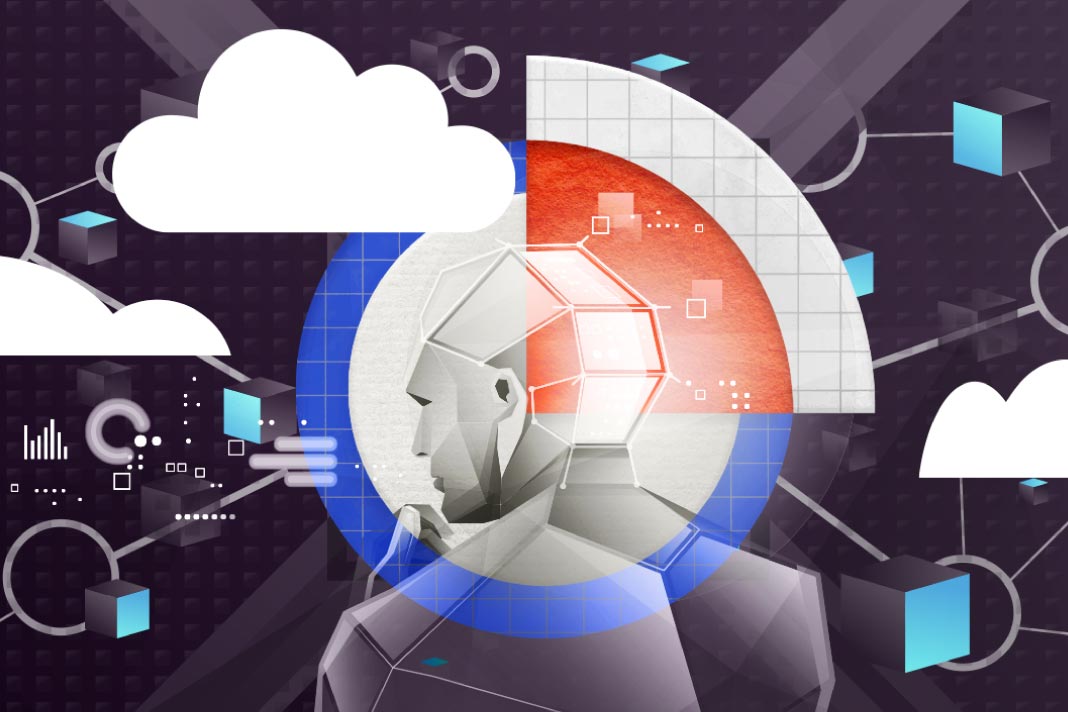As the world’s data requirements exponentially increase, expanding the cloud capacity cannot solve the problem since servers require large amounts of energy. Enter Edge AI.
By 2025, humans are estimated to produce 175 zettabytes of data. That number will touch a staggering 2142 zettabytes by 2035.
Modern data needs larger computing prowess to process these large volumes. Most data is processed using cloud computing technology today. While the cloud is an impressive technology and can easily be accessed, it is still not free of problems and comes with its challenges. For example, cloud security is a constant risk for any business. Data breaches and cloud outages have cost companies millions lately, proving greatly damaging. In November, Google had a cloud outage where users were denied access to all its services, Meta’s servers went down for more than three hours in October, causing a global shutdown. As the data requirements exponentially increase, these cloud servers will only be under greater pressure, much more than ever before.
Expanding cloud capacity cannot solve the problem since servers require large amounts of energy. Tech companies are now turning to edge computing and edge AI.
What is Edge AI?
Edge AI is a technological architecture in which AI models are processed locally on devices at the network’s edge. The created machine learning algorithms are processed locally ‘on edge’, i.e., on the device itself or a nearby server. Edge AI setups only require a single microprocessor paired with sensors, not compulsorily an internet connection, and can process data, making predictions in real-time. Although the technology already existed, it is now becoming a part of several different industries. For example, intelligent devices such as smartphones use edge tech for various tasks. According to Markets and Markets, the global edge AI software market is anticipated to grow from $590 million to $1.83 billion by 2026.
Amazon says that the cost of inference, i.e., when a model runs full force over the cloud to make predictions, constitutes up to 90% of machine learning infrastructure costs. Edge AI, on the other hand, requires little to no cloud infrastructure beyond the initial development phase. A model might be trained in the cloud but deployed on an edge device that runs without server infrastructure.
Edge AI hardware generally falls into three categories: on-premise AI servers, intelligent gateways, and edge devices. Edge AI servers are systems with specialized components designed to support a wide range of model inferencing and training applications. Gateways usually sit between edge devices, servers, and other elements of the implemented network, and edge devices perform AI inference and training functions performed in real time on the device itself.
Edge AI And Its Implementation
The intention of deploying AI hardware at the edge is often centered around certain data transmission, storage, and privacy requirements. Edge AI is not intended to replace cloud computing but to complement and improve it. One of its several ways is by improving latency across connected devices. In an industrial or manufacturing enterprise with thousands of sensors, it might not be highly practical to send vast amounts of sensor data to the cloud, get the analytics carried out, and then return the results to the manufacturing location. Sending such data across would require huge bandwidth and cloud storage and potentially expose sensitive information.
In such cases, edge AI can be incorporated using connected devices and AI applications in environments where internet connections may not be reliable, as in the case of deep-sea drilling rigs or research vessels. Its low latency makes it well-suited to time-sensitive tasks such as predictive failure detection and smart shelf systems for retail using computer vision.
Edge AI incorporated into a microchip can provide little to no latency, usually in sub-milliseconds, as the data never leaves the device. This decentralized nature of the technology allows machine-learning algorithms to run autonomously. There are fewer risks of internet outages or poor mobile phone reception. Since data needs to leave the device, edge AI chips greatly reduce the amount of information transmitted, improving efficiency in turn.
On a production line, integrated edge AI chips can analyze data at unprecedented speeds. Analyzing sensor data and detecting deviations from the norm in real-time and quick succession allows workers to replace the machinery before it is expected to fail. Real-time analytics also triggers the automatic decision-making process, notifying workers of what can happen further. When embedded with such technology, video analytics can allow instant notification of problems on the production line.
The advantages of implementing edge AI have been noticed already by business and industry leaders. Pitchbook reports that the edge computing semiconductor industry has grown 74% over the last 12 months, bringing the total investment to $5.8 billion.
Challenges in Edge AI
While edge AI offers several advantages compared to cloud-based AI technologies, it isn’t without its challenges. Data stored locally can sometimes lead to more locations to protect, with increased physical access allowing for different cyberattacks. Some experts argue the decentralized nature of edge computing leads to increased security. Computing power is limited at the edge, which restricts the number of AI tasks that can be performed simultaneously. Large and complex models usually have to be simplified before being deployed to edge AI hardware, sometimes reducing their expected accuracy. Emerging hardware promises to alleviate some of the compute limitations at the edge, with several startups developing chips specially customized for AI workloads. Tech giants like Microsoft, Amazon, Intel, and Asus also offer hardware platforms for edge AI deployment, an example being Amazon’s DeepLens wireless video camera for deep learning. Gartner predicts that more than half of large enterprises will have at least six edge computing use cases deployed by the end of 2023.



